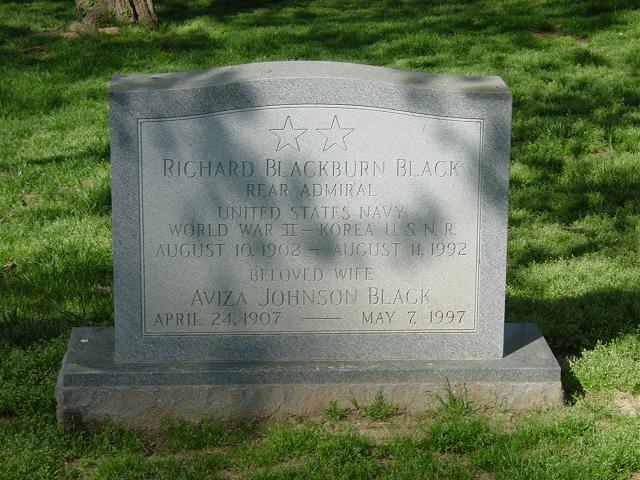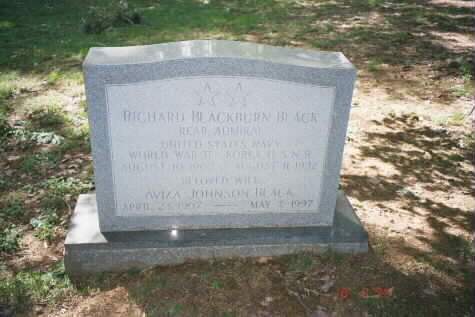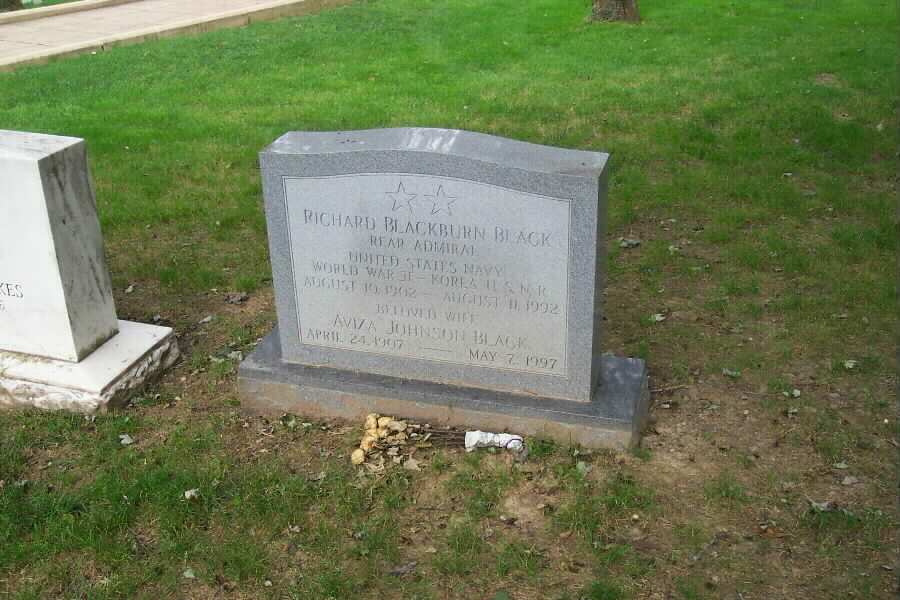A member of the United States Navy Reserve who assisted Rear Admiral Richard E. Byrd in explorations of Antarctica, died on August 10, 1992, in the Fernwood Nursing Home, Bethesda, Maryland. He was 90-years-old and died of cancer.
He was born at Grand Forks, North Dakota, and trained as a civil engineer at the University of North Dakota. In the 1920s, he worked on railroad, mining and other engineering projects.
From 1933 to 1935, he served in Byrd’s Second Antarctic Expedition as a civilian in charge of East Base in Little America, for which he received the U.S. Navy Special Silver Medal.
Over the next thirty years, he served in four other expeditions and was an active-duty officer planning Anarctic expeditions. While working for the U.S. Interior Department he was based in Hawii and was in charge of preparing Howland Island for the arrival of Emilia Earhart in her attempt to fly around the world in 1937. He monitored her last message before she vanished over the Pacific Ocean. As a member of the Naval Reserve, he was called to active duty in August 1941 and was stationed at Pearl Harbor on December 7, 1941 when the Japanese attacked U.S. bases there.
During World War II, he fought in the battles of Tarawa and Saipan and was awarded the Bronze Star. After the war, he worked as a Federal aeronautics official in Hawaii, then did research at Johns Hopkins University in Baltimore. He was a civilian aide in South Korea during the war there and was later appointed an operations analyst for the Office of Naval Research.
He retired from the Naval Reserve in 1962 and from government work in 1967. His first wife, the former Ruth Slayberg, died in 1932. He was survived by his wife of 55 years, the former Aviza Johnson and three children. He is buried in Section 30 of Arlington National Cemetery.
His second wife, Aziza Johnson Black, died in Washington, D.C. on May 7, 1997 and is buried with him.
Jul 14, 2009
Courtesy of The Bismark Tribune
The man in charge of the U.S. Antarctic programs, following the death of Admiral Richard Byrd in 1957, was born and raised in North Dakota.
Richard Black had accompanied Byrd on three Antarctic expeditions and served in the U.S. Navy during World War II, earning the Bronze Star. Black also was the last person to communicate with Amelia Earhart on her ill-fated attempt to fly across the Pacific Ocean in 1937. He retired from the Navy Reserves in 1962, having attained the rank of Rear Admiral.
Richard Blackburn Black was born August 10, 1902, in Grand Forks, to George Edgar and Mary Emeline (Hogue) Black. George Black was a boilermaker for the railroad who fascinated his son with stories about surviving the severe winters he encountered while homesteading in rural Dakota Territory. Blizzard survival would one day become a common occurrence in the life of Richard Black.
Black attended the University of North Dakota and married his childhood sweetheart, Carolyn “Ruth” Schlaberg, when he graduated in 1926 with a degree in civil engineering.
During the first years after graduation, Black found work with the North Dakota state engineer’s office, the Great Northern Railroad and the Lake Shore Gold Mines in Ontario, Canada.
Meanwhile, Byrd had established a base camp in the Antarctic that he named “Little America.” In 1933, Byrd hired Black as an engineer for his second expedition.
In San Francisco, Black bid farewell to Ruth and his 5-year-old son. The excitement about his new assignment was short-lived when he learned that his wife had died on January 21, 1934. Being a consummate professional, Black carried on his work and, because of his accomplishments, was awarded the Navy’s Special Silver Medal.
When Black returned from Antarctica in 1935, the Interior Department stationed him in Hawaii. On May 13, 1936, President Franklin Roosevelt issued an executive order placing the islands of Jarvis, Baker and Howland under the Interior Department, where they were to be administered by Black. In June of 1937, Black was asked to prepare an airstrip on Howland, an uninhabited coral island midway between Hawaii and Australia, to serve as a pit stop for Amelia Earhart and her navigator.
On July 2, Black boarded the Coast Guard cutter Itasca to help guide the aviatrix onto the small island through radio communications. However, the radio equipment on Earhart’s plane was faulty and the signals picked up by Black were insufficient.
Black had heard from the plane that they were running low on fuel, and, 20 hours into the flight, Earhart reported a position 280 miles away from Howland. This was the last transmission Black received, and when the Itasca got to the reported position, the members of the crew were unable to locate anything.
Meanwhile, Roosevelt was becoming interested in a government-sponsored expedition to the Antarctic. Byrd’s first two expeditions were privately funded. In November 1937, Black was asked to look into the requirements of the government, and on May 5, 1938, he released plans for what was called the U.S. Antarctic Service Expedition.
There would be two separate expeditions, one led by Black and Finn Ronne, and another led by Byrd. Roosevelt wanted two bases established, and on Nov. 25, 1939, issued an executive order authorizing the expedition.
Black was the leader of the East Base, where they carried out meteorological observations and explored new lands. International tensions increased because of the wars in Europe and Asia, and it was decided to abandon the bases early in 1941.
Because of the international turmoil, Black was called to active duty in August 1941. He had been a member of the Naval Reserve through his participation in ROTC at UND. After additional training, Black was sent to Hawaii shortly before the Japanese bombing raid on Pearl Harbor on December 7.
Black saw his first major offensive action in late November 1943 at the Battle of Tarawa in the Gilbert Islands. In June and July of 1944, the U.S. faced the Japanese at the decisive Battle of Saipan in the Marianas. Black was busy directing troops and supplies through a narrow channel despite being under heavy enemy fire. For his action, Black received the Bronze Star.
Following the war, Black was employed as a federal aeronautics official. He also helped in the reconstruction of the Micronesian Islands. In 1950, Black was hired as an operations analyst at Johns Hopkins University, where he studied the establishment and maintenance of advance military bases, and he was the primary contact between the university and the U.S. Army.
In 1954, Black helped Byrd plan a new Antarctic expedition under the auspices of the U.S. Navy. The two men returned to the Antarctic in 1955 as part of a major scientific and exploratory expedition called “Operation Deep Freeze.” In 1957, Byrd became ill and returned to Boston, where he died on March 11. Black then became the officer-in-charge of United States Antarctic Programs.
In 1962, Black retired from the Navy Reserves and was promoted to Rear Admiral. However, he continued to work at the Office of Naval Research until his retirement in 1967.
He died on August 11, 1992, and was given a hero’s burial at Arlington National Cemetery.
BLACK, RICHARD B
RA United States Navy
- DATE OF BIRTH: 08/10/1902
- DATE OF DEATH: 08/11/1992
- BURIED AT: SECTION 30 SITE 654
ARLINGTON NATIONAL CEMETERY
BLACK, AVIZA J
- DATE OF BIRTH: 04/24/1907
- DATE OF DEATH: 05/07/1997
- BURIED AT: SECTION 30 SITE 654
ARLINGTON NATIONAL CEMETERY
Michael Robert Patterson was born in Arlington and is the son of a former officer of the US Army. So it was no wonder that sooner or later his interests drew him to American history and especially to American military history. Many of his articles can be found on renowned portals like the New York Times, Washingtonpost or Wikipedia.
Reviewed by: Michael Howard



